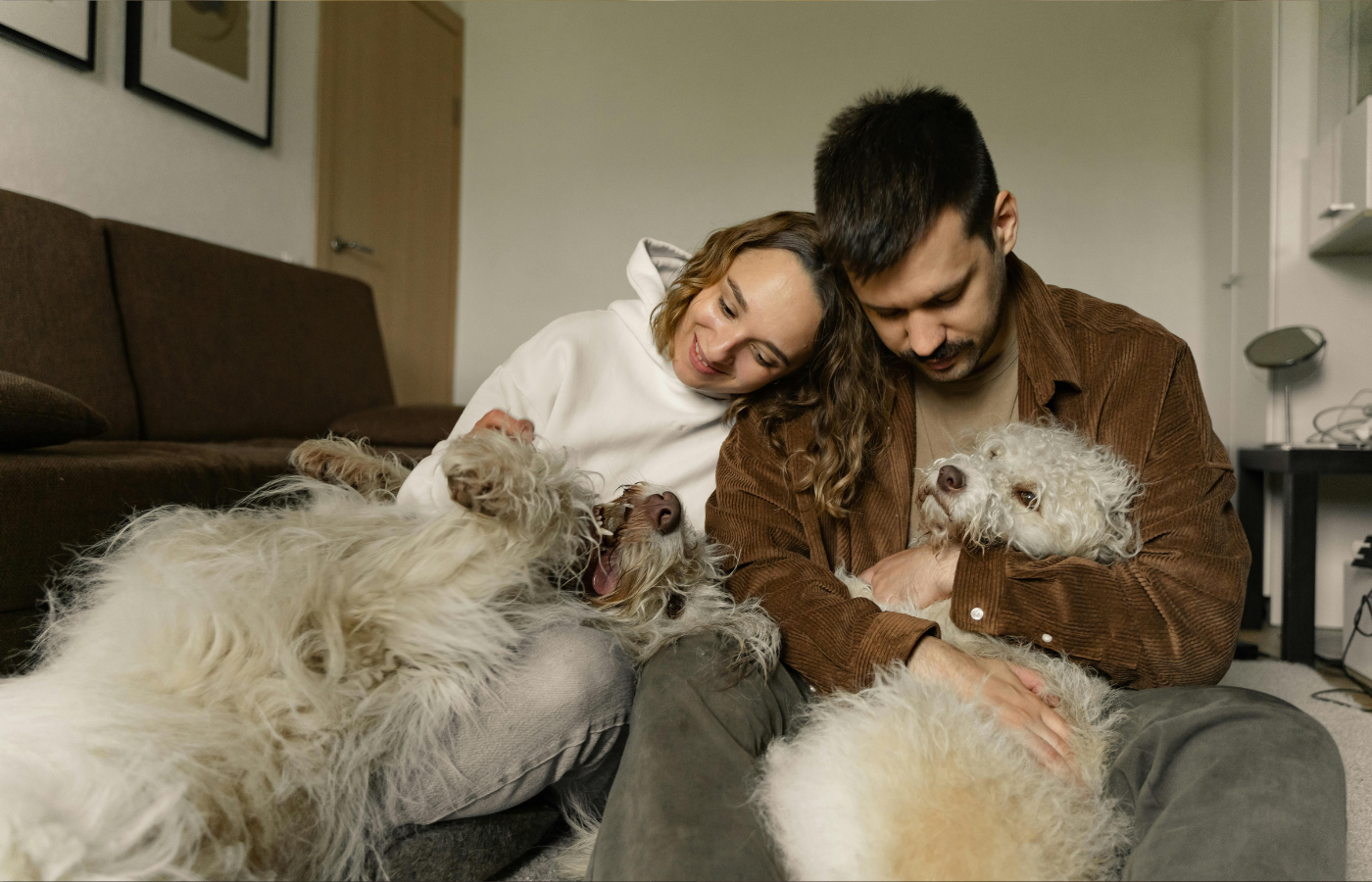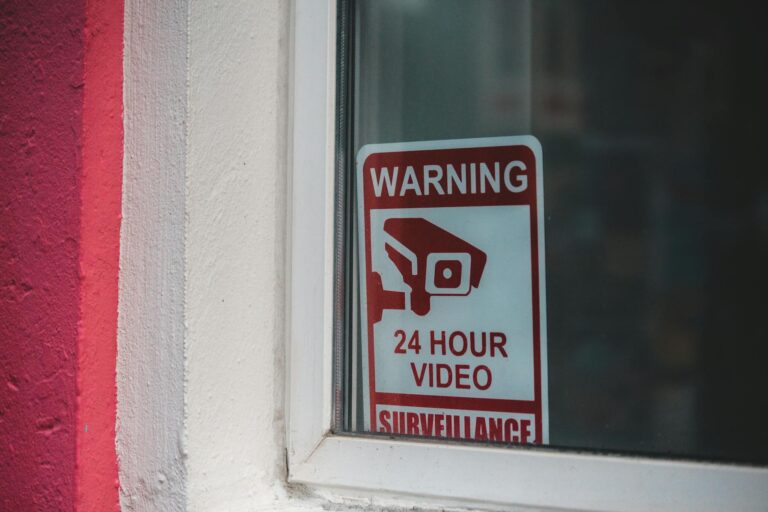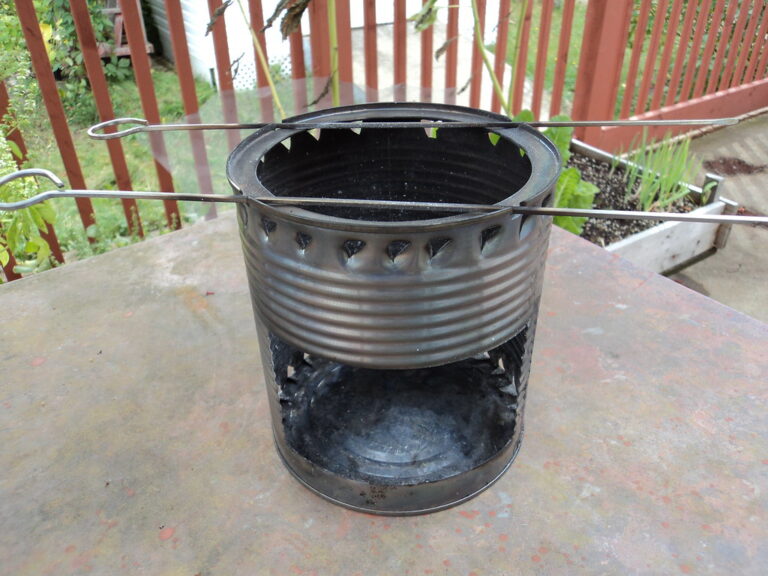When the power fails and the furnace shuts off, the cold creeps in fast. You don’t have time to wait it out—you have to act. Keeping warm isn’t just about comfort. It’s about survival, especially during winter storms or long-term outages.
Here are 10 smart ways to stay warm when the heat is gone and the temperature starts dropping inside your own home.
1. Layer Up—And Then Some

Your first defense is what you wear. Start with thermal base layers, add fleece or wool, then finish with outer layers that trap heat. Don’t forget socks, gloves, and hats—most body heat escapes from the head and feet.
Even indoors, dress like you’re outside in winter. The goal is insulation—trap heat, and don’t let it go.
2. Build a “Warm Room”
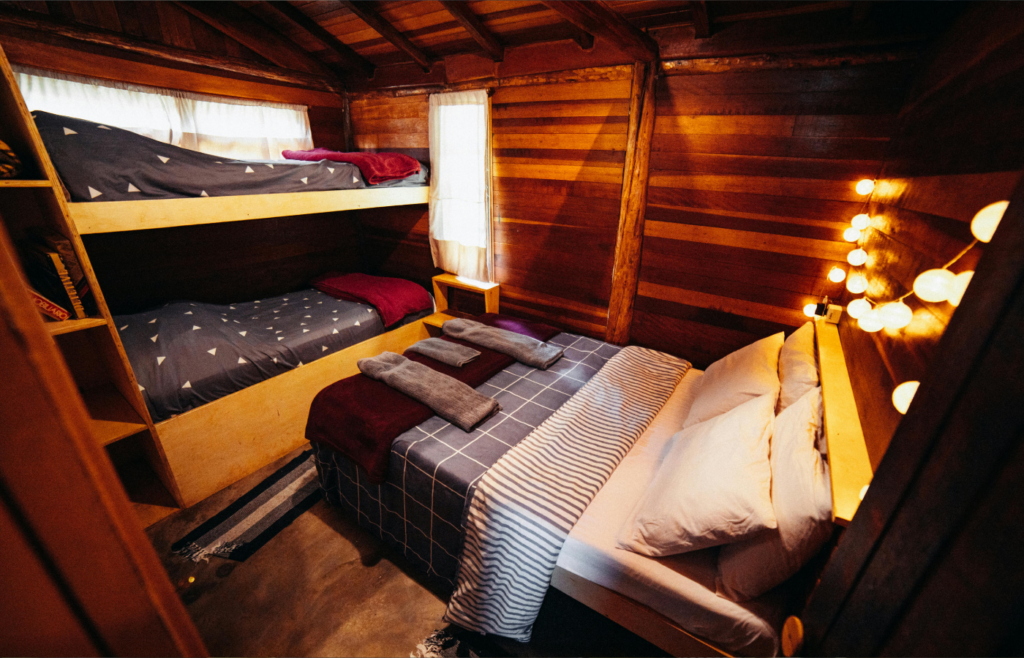
Pick one small room and focus all your heating efforts there. Block doorways with blankets or plastic sheeting to keep cold air out. Close off the rest of the house.
Get everyone in the same space. More bodies mean more heat, and a smaller area warms up faster than a whole house.
3. Use Emergency Blankets and Sleeping Bags
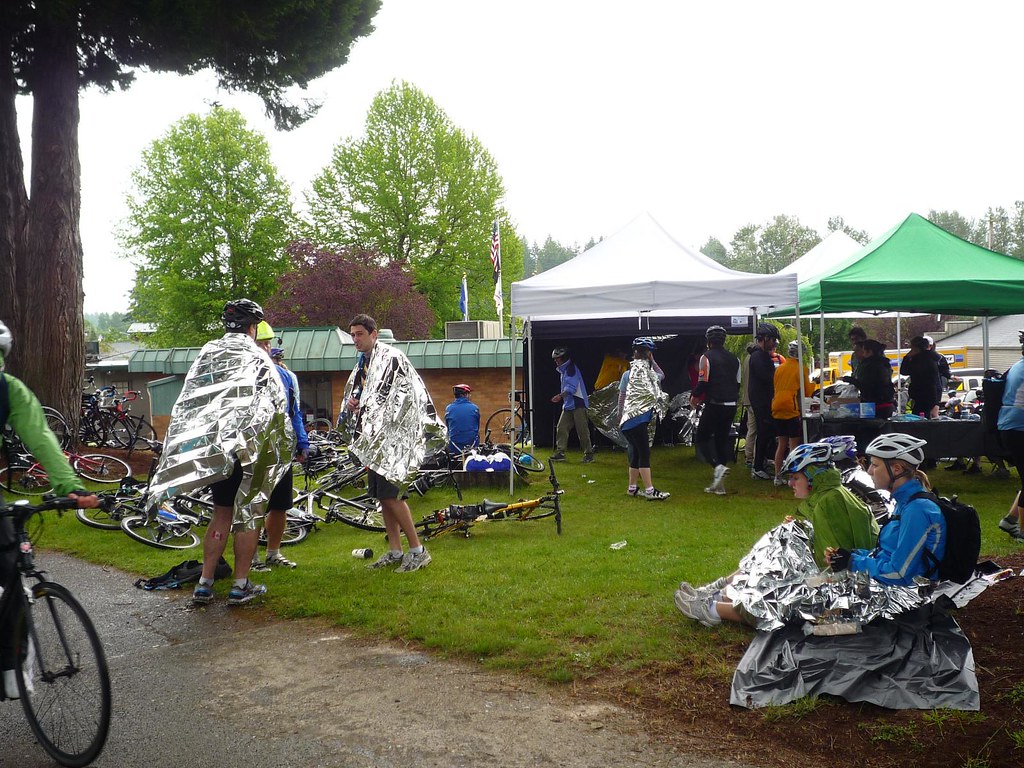
Mylar blankets reflect body heat and keep you warm in freezing temps. Sleeping bags—especially cold-rated or mummy-style ones—are excellent for trapping warmth.
Layer these on top of regular blankets for maximum effect. Sleep in your warm room and conserve energy.
4. Light a Safe Heat Source (If You Have One)
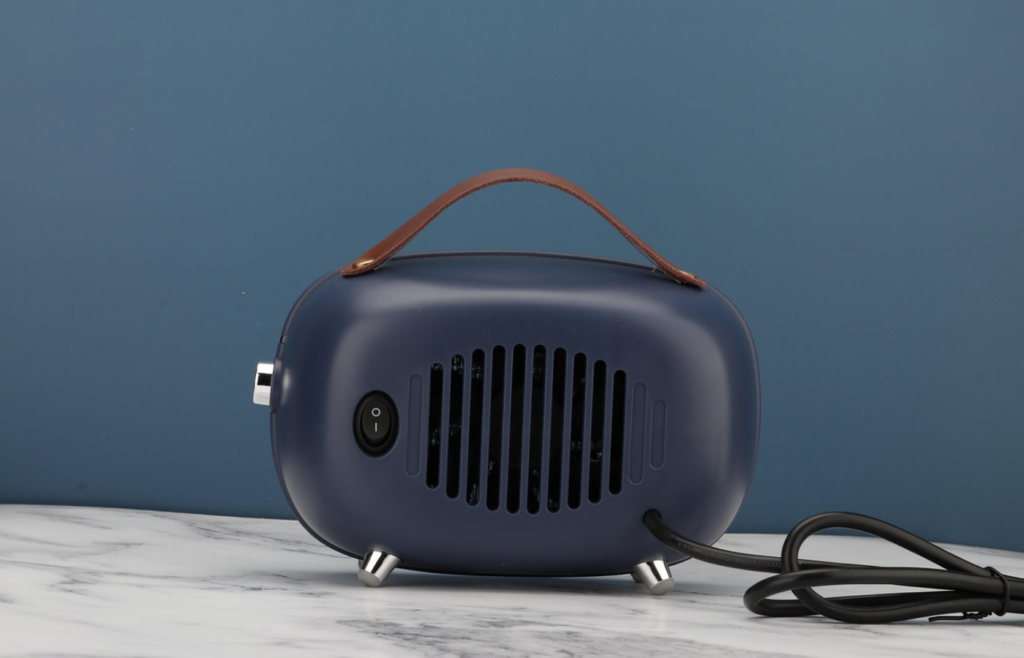
Catalytic or propane heaters designed for indoor use can safely warm a room—if you have proper ventilation and carbon monoxide detectors.
Never use grills, camp stoves, or outdoor heaters indoors. If you don’t have an emergency heater, get one before the next cold snap hits.
5. Trap Heat with Tents and Forts

Set up a tent or build a blanket fort inside your warm room. It traps body heat and keeps warm air close. Add sleeping bags, pads, and blankets inside for insulation.
It may look silly, but it works. Plus, it helps kids feel safe and entertained during the outage.
6. Insulate Windows and Doors
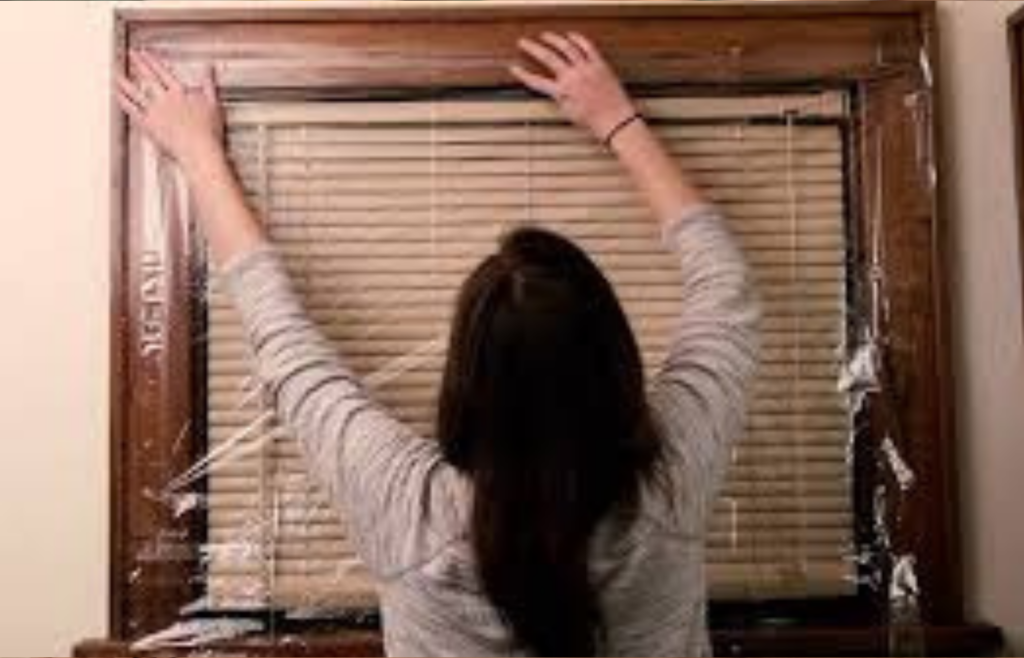
Cold air sneaks in through cracks. Use towels, blankets, bubble wrap, or plastic sheeting to block drafts around windows and doors.
Cover windows at night to trap heat. During the day, let sunlight in to naturally warm the room—then cover them back up before it gets dark.
7. Stay Active

Movement generates body heat. Don’t sit still for too long. Do light exercises like jumping jacks, squats, or even a quick walk around the house every hour.
It’s not a long-term fix, but it helps maintain body temperature while keeping your circulation going.
8. Use Hot Water Bottles (Safely)

Boil water and pour it into a heavy-duty bottle, thermos, or heat-safe container. Wrap it in cloth and tuck it under your blanket or sleeping bag.
No power? Heat water over a camp stove, propane burner, or wood stove. Just be careful not to burn yourself or melt containers.
Read More: Top 15 Skills You’ll Be Glad You Learned Before the Power Went Out
9. Eat Hot Meals and Stay Hydrated
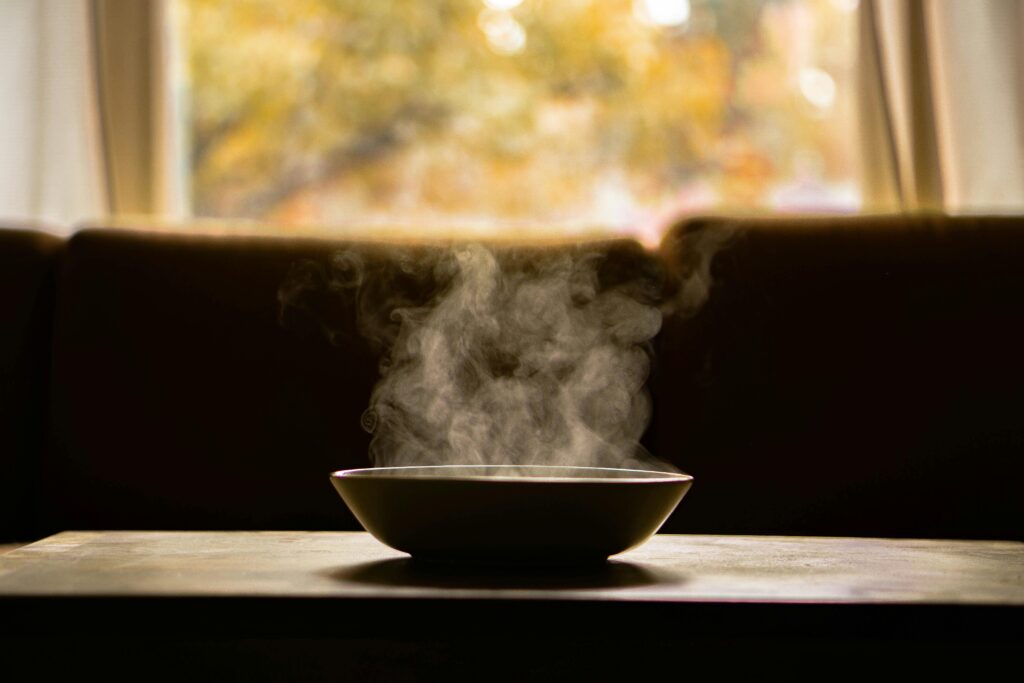
Your body burns more calories in the cold, so fuel it well. Hot meals and warm drinks help you warm up from the inside out.
If you can’t cook, stick with high-calorie, ready-to-eat meals. And don’t skip water—dehydration makes it harder to stay warm.
Read More: Top 15 Mental Habits of People Who Survive Anything
10. Huddle Up with People (or Pets)
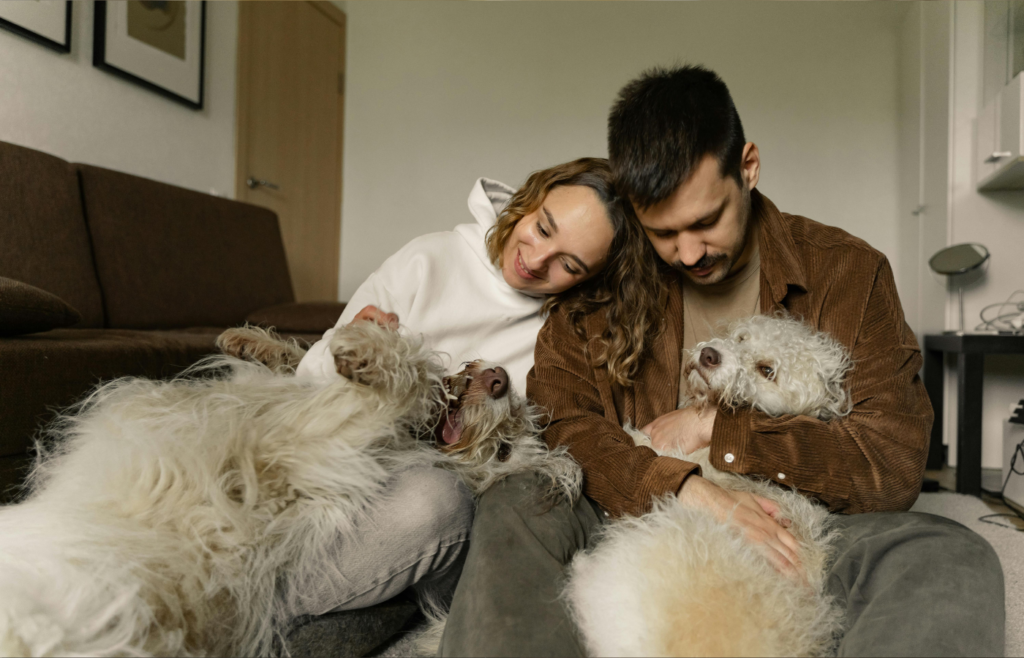
Shared body heat is powerful. Sit close with family, friends, or pets under a pile of blankets or in a sleeping bag. You’ll stay much warmer together than apart.
It may feel a little cramped—but in cold emergencies, togetherness is survival.
When the heat goes out, your home becomes a test of creativity and resilience. Prepare now, stay calm, and use these tricks to keep your space warm and your spirits high. Cold may knock at the door—but it doesn’t have to win.
Read More: Top 10 Ways to Stay Calm When Everything Goes Wrong

